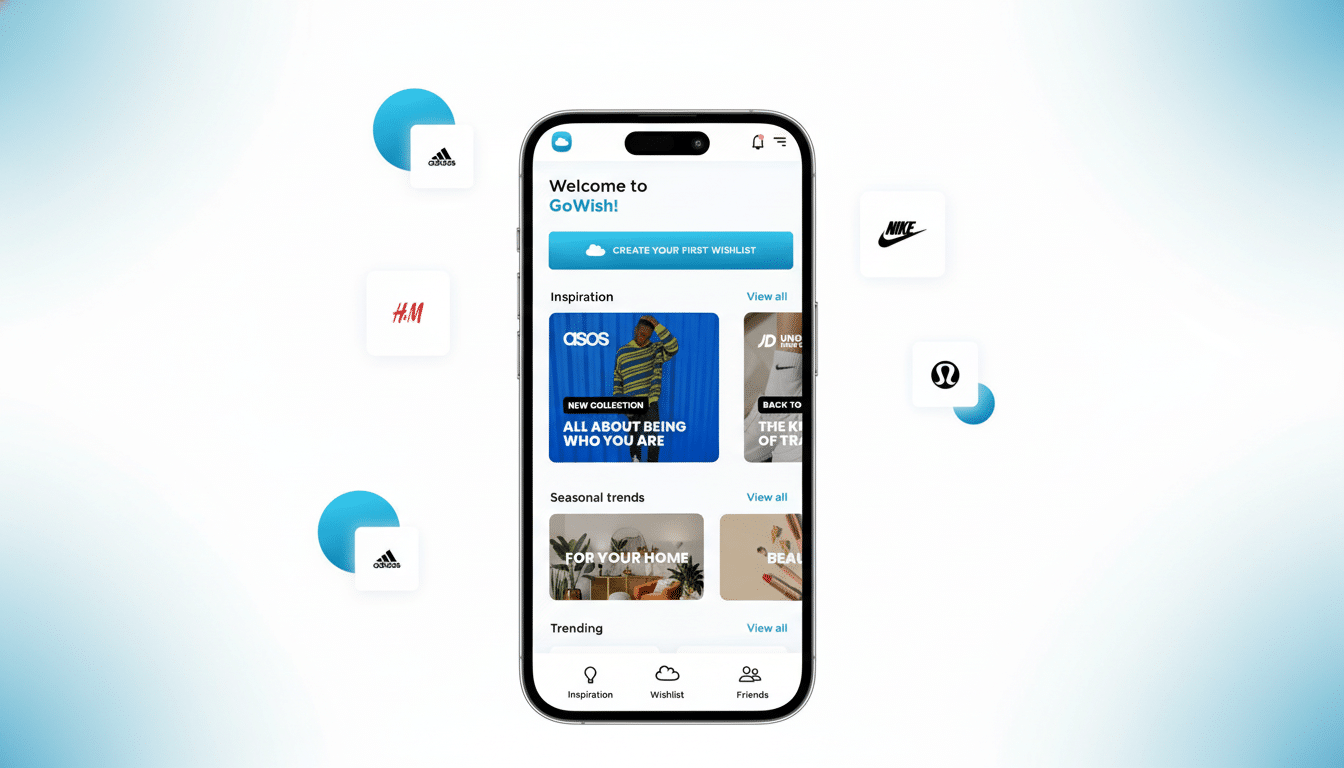The viral wish list app GoWish has surged to the top of the app store rankings, landing more than one million installs on Google Play and climbing charts on Apple’s App Store. Visibility yields a common shopper-and-parent question: Is GoWish legit, and is it safe?
What GoWish is and who runs it behind the app today
GoWish is a free platform for generating and sharing personal and group wish lists in an effort to reduce duplicate gifts and simplify group gifting. It isn’t a fly-by-night product. The service was created in 2015 as Ønskeskyen by PostNord, the national mail carrier for Sweden and Denmark. In 2020, ownership was transferred to Dotcom Capital, a Danish private investment firm. In Scandinavia, the service continues to be available under the Ønskeskyen ePrint brand.
- What GoWish is and who runs it behind the app today
- Is GoWish safe to use? Key factors and current indicators
- What data and permissions GoWish requires to function
- How GoWish likely monetizes its free wish list platform
- Real risks to consider and how to reduce them effectively
- Who will find GoWish useful for gifting and coordination
- Bottom line: Is GoWish a safe and useful wishlist app?

That lineage matters. It puts GoWish firmly within a regulated European context and sets it apart from the shadowy developers behind dodgy shopping apps that appear during holiday rushes.
Is GoWish safe to use? Key factors and current indicators
The source, app store distribution, and functionality of GoWish don’t slot the software into the malware or scam category. The app has an official store listing, and it has standard sign-in options (email, Google, Apple, and Facebook) but no payment processing of its own; instead, it links out to merchants where any transactions happen under the checkout and security of that retailer.
No major data breaches or security incidents relating to GoWish have been publicly disclosed. Reviews of the app in app stores laud its duplicate-gift protection and easy sharing, while some Android users report occasional sluggish animations or minor performance hiccups — irritations, not safety red flags.
What data and permissions GoWish requires to function
Account set-up requires you to input your email or sign in with a social option, and then enter your date of birth and sex. The marketing newsletter checkbox is opt-in; you can leave it unchecked and still use the app. Look for the usual fare: notifications to keep you posted about activities; camera/microphone for allowing you to snap or record a video when adding something to the wish list; and contacts if you want to find or invite friends. Instead, you can reject contacts and send lists with direct links.
GoWish keeps its privacy policy, terms, and ad disclosure in-app (Profile > About).
Apple’s privacy nutrition labels and Google’s Data Safety section enumerate categories of data collection and use, and are worth checking out before you accept optional permissions.

How GoWish likely monetizes its free wish list platform
Most wish list platforms make money through a combination of ads and affiliate fees when users click over to retailers. GoWish also has an ad disclosure within the app, indicating a traditional economy. Expect foundational analytics tools to help improve recommendations and clicks. As the company is based in the EU, it’s subject to GDPR, which grants users rights to access, rectify, and delete their data as well as withdraw marketing consent.
Real risks to consider and how to reduce them effectively
Oversharing is the primary real-world danger. Don’t let these types of lists be shared publicly with location and, when appropriate, double-check the ability to view or edit collaborative lists. If you sync contacts, keep in mind that you’re handing over your address book to the service — feel free to opt out if that seems invasive.
Stick to official app stores. Security companies frequently advise that copycat APKs of popular apps are found on third-party sites that have been infested with adware or spyware. If you get invites or “exclusive” downloads through a message or email, consider them suspicious.
Use the safest sign-in available. Using Sign in with Apple allows you to obfuscate your email; both Google and Apple offer robust 2FA protections. Check “disable marketing” toggles at sign-up and then later audit app-level permissions in your phone settings. Parents should check privacy settings and monitor teen accounts, especially if the lists contain any PII or social media profiles.
Who will find GoWish useful for gifting and coordination
GoWish is especially great for group get-togethers (family holidays, baby showers, office parties) because it discreetly declares an item as “claimed” to everyone else while the actual recipient remains oblivious. If your needs are modest, a note saved in an undecorated app may do the trick. But when it comes to coordinating with a lot of people and preventing the same gifts from being duplicated, GoWish offers a less kludgy workflow than generic notes.
Bottom line: Is GoWish a safe and useful wishlist app?
GoWish is a real wish list app, it requests what are standard permissions, provides transparent in-app disclosures, and has no history of security scandals. With privacy-respecting settings — downloads only from official stores, strict permissions implementation, robust sign-in — it’s a decent option for organizing gifts. The value depends on how social your gifting is: it’s the more-the-merrier where GoWish’s group features can be of use, but it doesn’t add excessively to the level of risk you expose yourself to when holding the reins tight.

